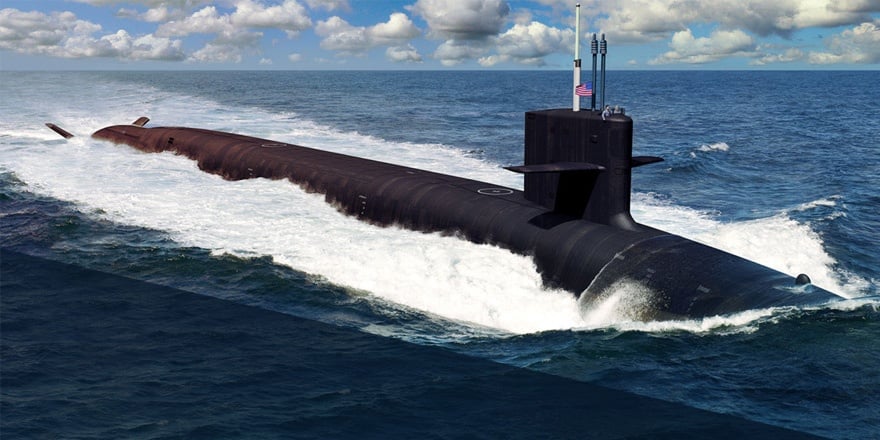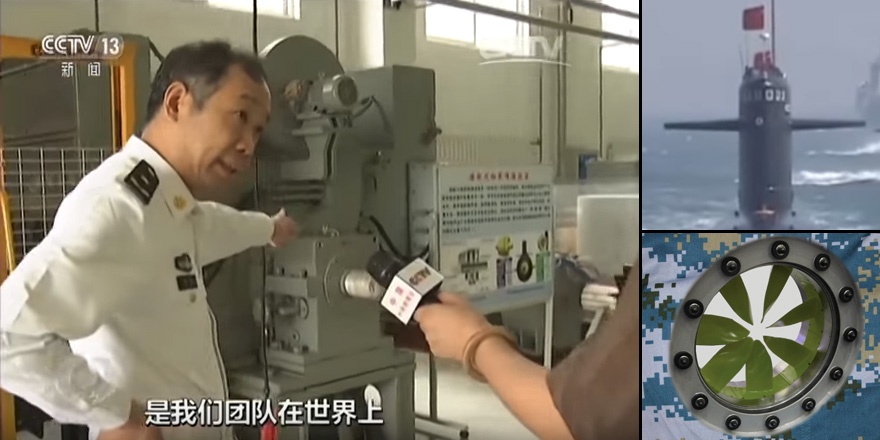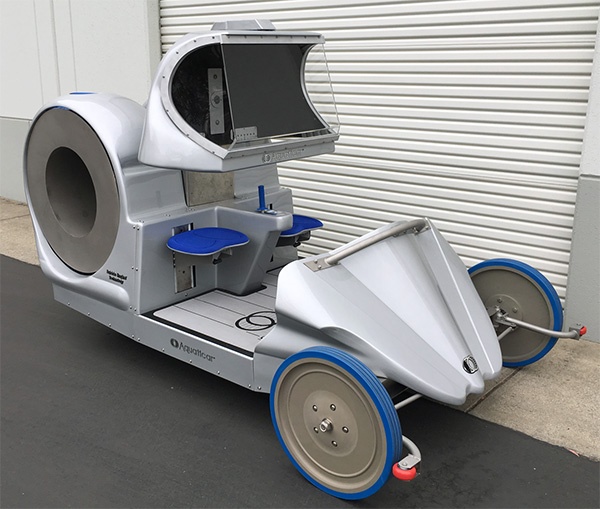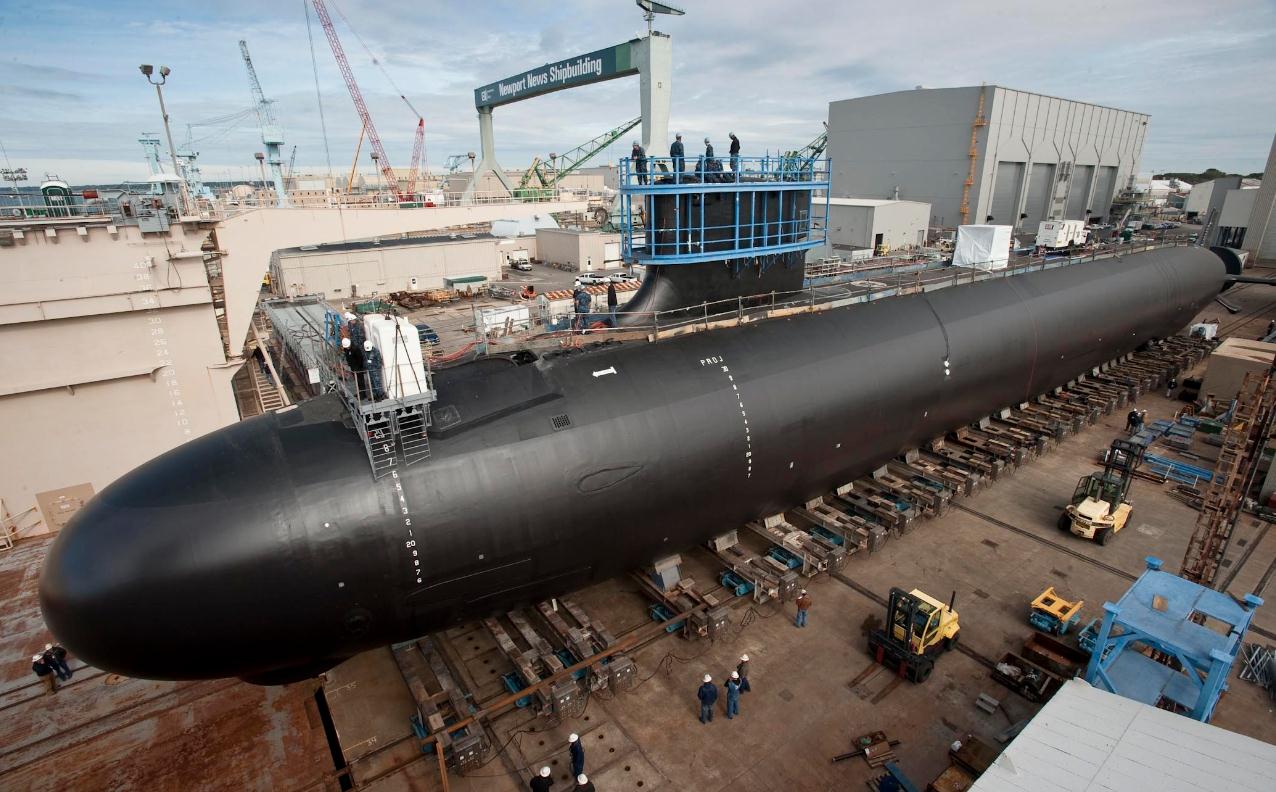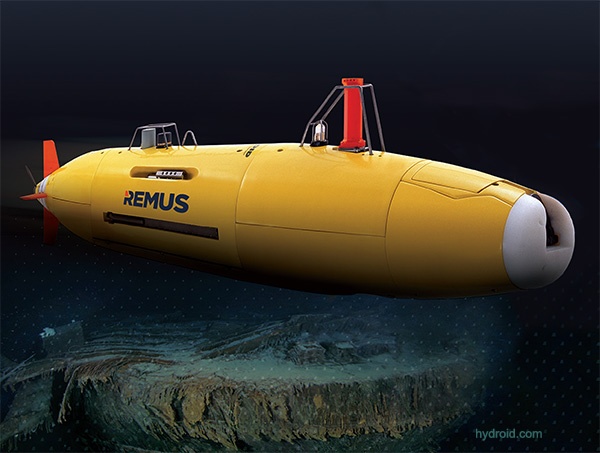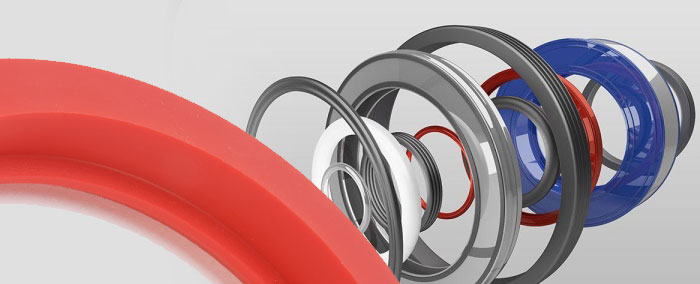The defining aspect of Submarines, has always been stealth. From the first human powered submersible to the latest nuclear-powered subs, the effectiveness of these underwater vehicles is based on not being detected. Once a sub is hidden beneath the waves, its next best tactic is to remain quiet. If a submarine cannot be seen or heard, then it can’t be found, attacked and destroyed.
QUICK LINKS
CONTACT INFO
200 Shuman Ave. Stoughton, MA 02072
+1 781-681-6818
info@globecomposite.com
© 2025 Globe Composite Solutions LLC | FAQ | Privacy Policy | Terms & Conditions


